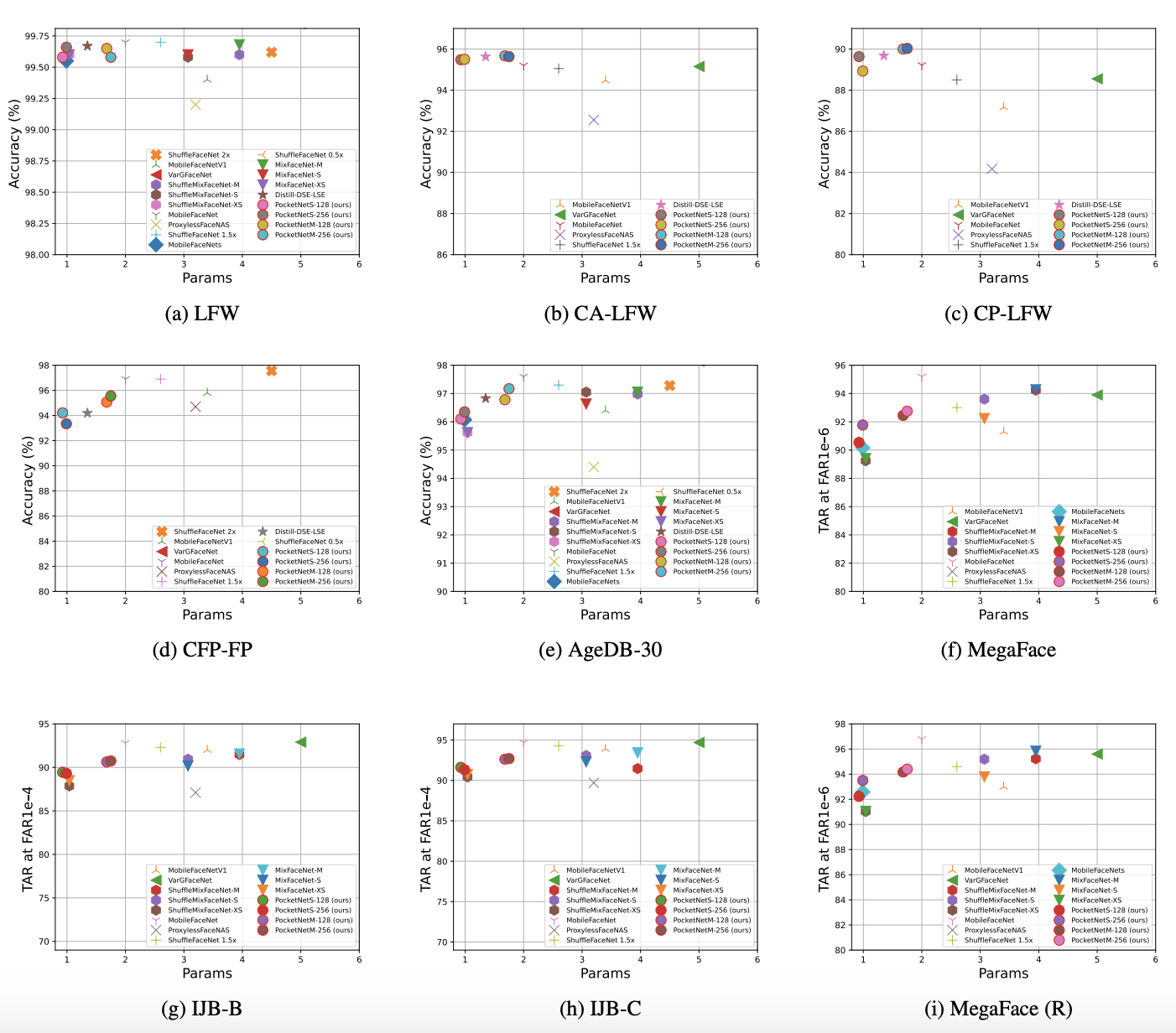HeatNet
HeatNet is a python package that provides tools to build, train and evaluate neural networks designed to predict extreme heat wave events globally on daily to subseasonal timescales. It also includes preprocessing tools for atmospheric reanalysis data from the Copernicus Climate Data Store.
Dependencies
HeatNet relies on the DLWP-CS project, described in Weyn et al. (2020), and inherits all of its dependencies.
HeatNet requires installation of
- TensorFlow >= 2.0, to build neural networks and data generators.
- netCDF4, to read and write netCDF4 datasets.
- xarray, to seamlessly manipulate datasets and data arrays.
- dask, to support parallel xarray computations and streaming computation on datasets that don't fit into memory.
- h5netcdf, which provides a flexible engine for xarray I/O operations.
- NumPy for efficient array manipulation.
- cdsapi, to enable downloading data from the Copernicus Climate Data Store.
- TempestRemap, for mapping functions from latitude-longitude grids to cubed-sphere grids.
Modules
- data: Classes and methods to download, preprocess and generate reanalysis data for model training.
- model: Model architectures, custom losses and model estimators with descriptive metadata.
- eval: Methods to evaluate model predictions, and compare against persistence or climatology.
- test: Unit tests for classes and methods in the package.
License
HeatNet is distributed under the GNU General Public License Version 3, which means that any software modifying or relying on the HeatNet package must be distributed under the same license. Consult the full notice to understand your rights.
Installation guide
The installation of heatnet and its dependencies has been tested with the following configuration on both Linux and Mac personal workstations:
-
Create a new Python 3.7 environment using [conda] (https://www.anaconda.com/products/individual).
-
In the terminal, activate the environment,
conda activate. -
Install TensorFlow v2.3,
pip install tensorflow==2.3 -
Install xarray,
pip install xarray -
Install netCDF4,
conda install netCDF4 -
Install TempestRemap,
conda install -c conda-forge tempest-remap -
Install h5netcdf,
conda install -c conda-forge h5netcdf -
Install pygrib (Optional),
pip install pygrib -
Install cdsapi,
pip install cdsapi -
Install h5py v2.10.0,
pip install h5py==2.10.0 -
Finally, install dask,
pip install dask -
The DLWP package is not currently published, so the source code must be downloaded from its GitHub repository. It is recommended to download this package in the same parent directory as HeatNet,
git clone https://github.com/jweyn/DLWP-CS.git -
If you want to plot results using Basemap, which is a slightly fragile (and deprecated) package, the following configuration is compatible with this setup:
conda install basemap
pip install -U matplotlib==3.2
Disclaimers
This is not an officially supported Google Product.





